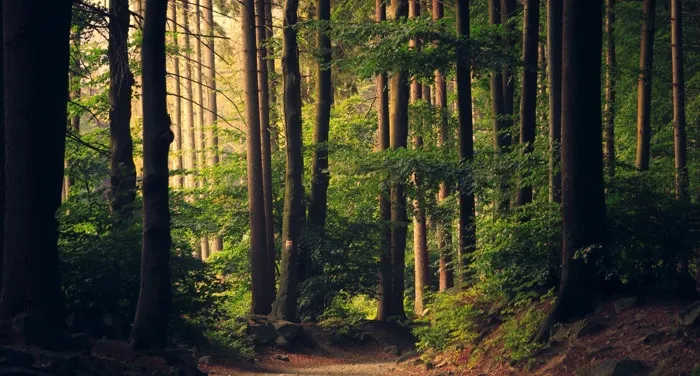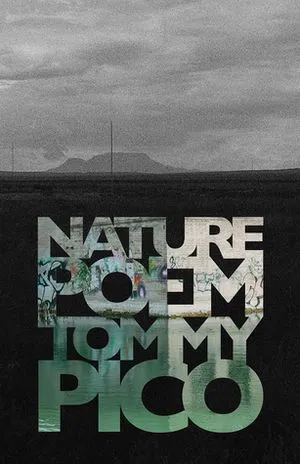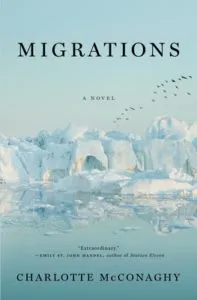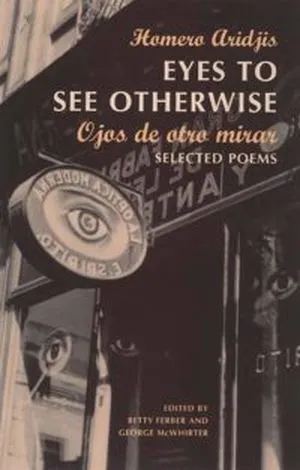
What is Ecopoetry? 5 Excellent Works to Get You Started
Nature poetry is currently having an identity crisis. For millennia, idyllic scenes of natural beauty had been its bread and butter. Starting with the ancient Greek pastoral, nature poets used bucolic settings and vivid imagery to capture the surrounding world. In the process, they built immense vistas and precise microcosms for the reader to observe, enter into, and ponder. However, in recent decades, climate change and global warming have upended the natural world. Thus, in a time of ecological disaster, the old, comfortable nature tropes no longer seem possible.
Consequently, poets have developed a new style to describe a world fraught with environmental change. Dubbed “ecopoetry,” it takes a more critical lens towards humanity’s relationship with the planet. Rather than rely upon grand scenes of nature unfolding for the observer, ecopoetry strips away the illusion of our observer status. We are nature, entangled in its movements. Therefore, ecopoetry highlights the complex interrelationships within the environment, and shows how human societies and cultures place within them. The ecopoets listed below offer new ways of thinking and writing about nature.
That Winter the Wolf Came by Juliana Spahr
Juliana Spahr’s That Winter the Wolf Came is unnerving to say the least. In her work, Spahr does not allow her readers to be mere observers of nature. Instead, she shows how we are enmeshed within our environments and the ecological disasters we have created. In this collection, Spahr’s ecopoetry shows that there is no longer a natural world unadulterated by human influence. For example, in “Tradition,” Spahr describes the process of nursing a baby that shows how easily chemicals pass through human bodies. “I make a milk like nectar, / a honeyed nectar of capacitor dielectrics, dyes, and electrical insulation / and I pass it on every two hours to not really me.” She does not mince words: this is powerful and terrifying stuff.
Black Nature: Four Centuries of African American Nature Poetry Edited by Camille T. Dungy
In her introduction to Black Nature, Camille T. Dungy shows how the experiences and works of African American poets are often left out of discussions on ecopoetics. Black Nature is therefore a powerful antidote to that erasure. In this anthology, Dungy presents a sweeping look at nearly three centuries of environmental works by black poets. Moreover, Dungy argues that slavery and systemic racism has deeply impacted the ways in which African American poets relate to, and are alienated from, the natural world. This is an important anthology which shows the diversity of ecopoetry, and how the ways we perceive the environment are intimately tied to our understanding of culture.
Eyes to See Otherwise by Homero Aridjis
Homero Aridjis is not only a prominent Mexican ecopoet, but also a highly accomplished environmental activist. In the mid-1980s, Aridjis organized the Group of 100, an organization of artists and intellectuals with the aim to protecting the environment of Mexico and Latin America. Under Aridjis’s leadership, the Group managed to place protections on animal habitats, institute air quality controls in Mexico, and preserve historical sites under threat by new construction. This selected volume of Aridjis’s poetry touches on a number of subjects, but also traces his feats of environmental activism. Additionally, Aridjis’s language and poetic rhythms are striking and beautiful. Pick this one up today!

Nature Poem by Tommy Pico
Tommy Pico’s Nature Poem is difficult to describe. Explosive, meandering, and fun to read, Pico’s ecopoetry rockets across the page. The book length poem follows Teebs, a queer Kumeyaay poet, and his winding, stream-of-consciousness narrative. At the heart of the work is a powerful double bind. In painful details, Teebs speaks of environmental destruction, and how Native people have been dispossessed of their ancestral lands. Yet, he is also reluctant to write a nature poem, because, as Pico writes, “it’s fodder for the noble savage / narrative.” In Nature Poem, Pico examines and dismantles the stereotypes that limit the relationship that people have to their environment. Nature, as he shows, is not a neutral, unbiased thing. Check out Nature Poem: you won’t regret it.
Sea Change by Jorie Graham
Despite being about irreversible ecological change and mounting disaster, Sea Change is a stunningly beautiful book. Graham’s imagery is propulsive, carrying the reader along sheets of sound. The poems draw you in and place you within the turbulence of a world in flux. In Sea Change, Graham pays homage to ecosystems under threat by showing how much has already been irrevocably transformed. For example, see these haunting lines from the title poem: “warming by 1 degree, the in- / dispensable / plankton is forced north now, & yet farther north, / spawning too late for the cod larvae / hatch, such / that the hatch will not survive, nor the / species in the end.” Graham’s ecopoetry emphasizes delicate balances and interrelationships that govern the global environment. Sea Change is a must read!
- 8 of the Best Novels About Environmental Disasters
- 8 Works of Hopeful Climate Fiction
- 10 Environmentalist Cookbooks and Guides for a More Sustainable Kitchen
- What Aldo Leopold Taught Me About Nature
- Environmentalist Heroes: 5 Biographies and Memoirs
- 10 Picture Books for the Budding Environmentalist
- 8 Manga With Environmental Themes
- 10 Works of Environmental Literature From Around the World
- Scared About the Environment? Read These 10 Eco Horror Novels
















